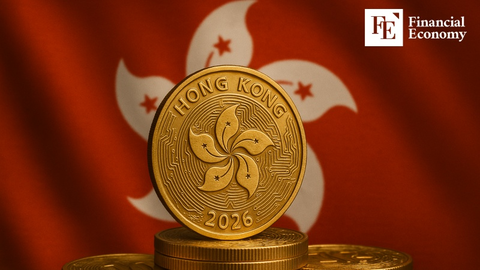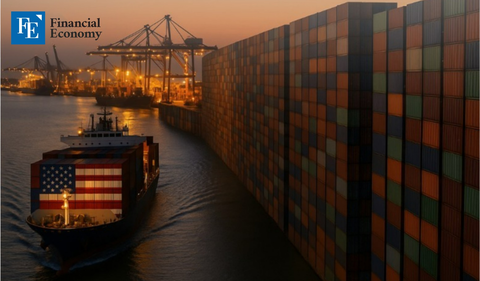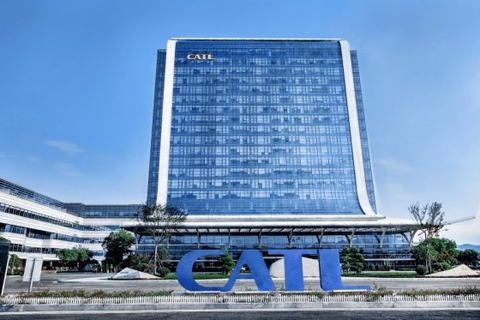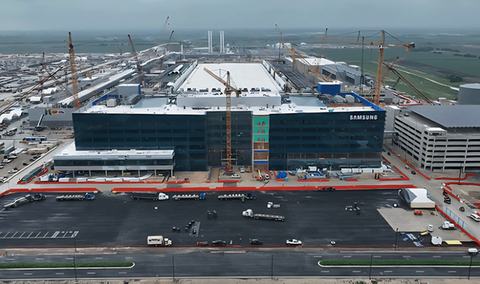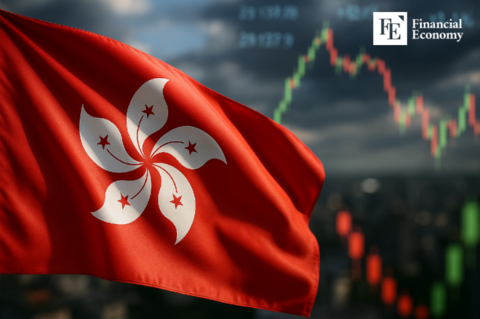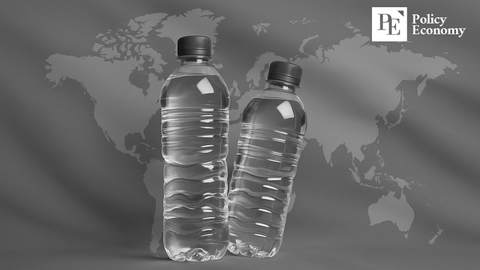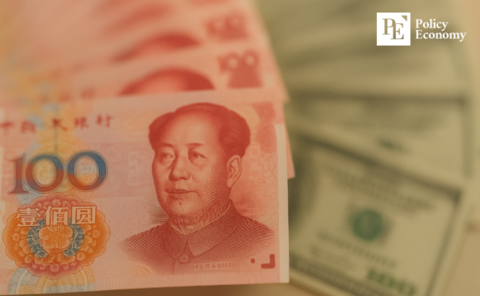Input
Changed
Low recycling awareness behind rapid economic growth
Recurring controversy over “waste colonialism”
Reliance on incineration and landfills persists
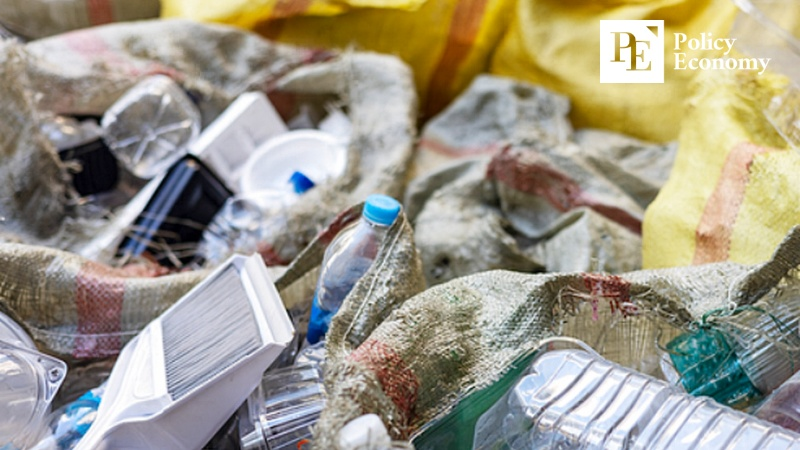
The Organization for Economic Cooperation and Development (OECD) has identified 13 Southeast and East Asian countries as core regions of global plastic pollution, warning that marine plastic leakage will rise by 70% over the next 25 years. Rapid economic growth, poor waste management, and low recycling awareness are expected to accelerate the trend. In contrast to Europe, which has raised recycling rates through a variety of regulatory measures, Asia’s lack of infrastructure and policy frameworks has kept reliance on incineration and landfilling high.
“Plastic Pollution Is a Transboundary Problem”
In its Southeast and East Asia Plastics Outlook Report released on August 11, the OECD designated the 10 ASEAN member states along with South Korea, China, and Japan as “hotspots” for plastic pollution, noting that “plastic waste generation in these regions far exceeds the global average.” The report warned that the spread of pollution will impose severe burdens on local ecosystems and the global marine environment.
The OECD highlighted that plastic consumption in Asia jumped from 17 million metric tons in 1990 to 152 million in 2022, a ninefold increase. Over the same period, plastic waste generation surged from 10 million to 113 million metric tons, a thirteenfold rise. In 2022 alone, an estimated 8.4 million metric tons of plastic leaked into the environment due to poor management. At the current pace, the OECD projects that marine plastic leakage in Asia will increase by nearly 70% by 2050.
The report identified the core problems as the spread of plastic consumption and inadequate waste management. Rapid population growth, urban expansion, and rising incomes have driven up demand for packaging and single-use products. OECD environmental economist Ruben Vivas, who co-authored the report, warned that “open burning and indiscriminate dumping in lower- and middle-income ASEAN countries and rural China are making the problem worse.”
The OECD proposed measures such as restricting single-use plastics, imposing taxes, and expanding recycling infrastructure. Such high-intensity policies, it said, could reduce plastic use by up to 28% and raise recycling rates to 54%. Vivas stressed, “Because waste moves through rivers and ocean currents, plastic pollution is a transboundary problem,” adding that strict national policies must be paired with international and regional cooperation.
Debate Over Developed Nations “Shifting Responsibility”
The OECD is not the only body to have called out Asia as a hub for plastic waste. A decade ago, U.S.-based nonprofit Ocean Conservancy claimed that the Philippines, China, Indonesia, Vietnam, and Thailand were responsible for most of the world’s plastic pollution, and proposed incineration as a solution.
The report drew fierce backlash from other environmental groups. Critics accused it of ignoring the role of Northern Hemisphere countries that export plastic waste to developing nations under the guise of trade, and of misleadingly presenting burning plastic waste as a solution — causing significant harm to Asian countries. The Global Alliance for Incinerator Alternatives (GAIA), a coalition of environmental groups from 90 countries, sharply criticized Ocean Conservancy for underestimating the true climate and public health costs of incineration.
Ocean Conservancy eventually issued a public apology for unfairly shifting blame for plastic waste and removed the report from its website. At the time, a spokesperson admitted, “We recognize our mistake in failing to consider the contributions of Asia-Pacific communities in seeking solutions to plastic pollution,” pledging to work with Asian organizations on a “restorative justice” process.
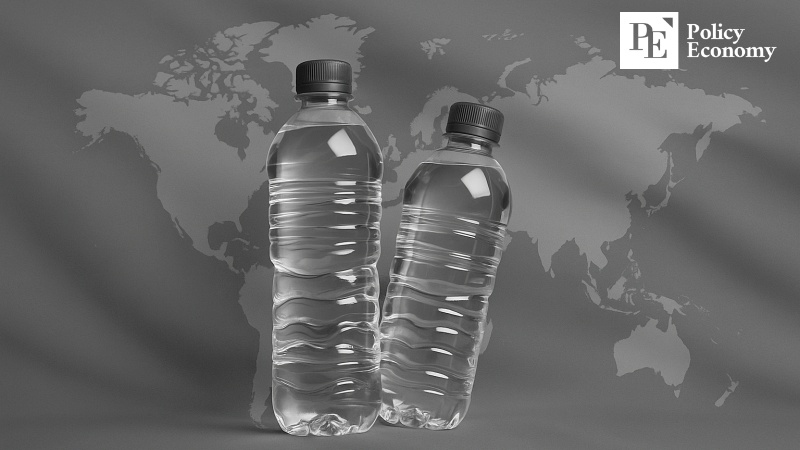
Europe Builds Sorting, Collection, and Recycling Infrastructure
Asia’s plastic recycling policies remain far from the approaches used in Europe. In 2018, the European Union introduced its Circular Economy Package, mandating the inclusion of recycled content in plastic packaging and boosting compliance by publishing country-by-country performance data to foster competition. Germany has gone further with an Extended Producer Responsibility (EPR) system that strengthens producer and distributor accountability throughout the packaging lifecycle. As a result, Germany’s plastic recycling rate exceeded 50% last year.
By contrast, most Asian countries have vague or inconsistent criteria for recyclable materials, reducing efficiency. In rural and island regions, collection infrastructure is virtually nonexistent, resulting in very high rates of marine leakage. There are exceptions: Japan has adopted policies under its Plastic Resource Circulation Act similar to Europe’s, and South Korea introduced a transparent PET bottle separation mandate in 2020. Still, many Asian nations remain heavily dependent on landfilling and incineration.
Experts agree that the recycling gap between Europe and Asia will be difficult to close in the short term, due to a mix of factors including differences in technology, regulatory transparency, infrastructure investment capacity, and public awareness. They call for parallel efforts in large-scale facility investment, stronger regulations such as EPR, technology transfer, and international cooperation to create standardized systems. Beyond simple environmental campaigns, a long-term, phased approach that integrates recycling into core national industrial policy will be essential.


